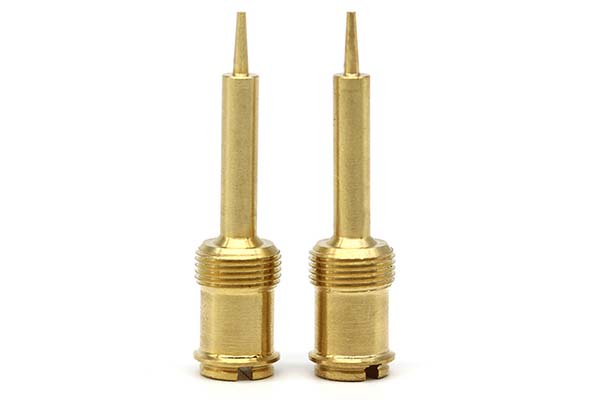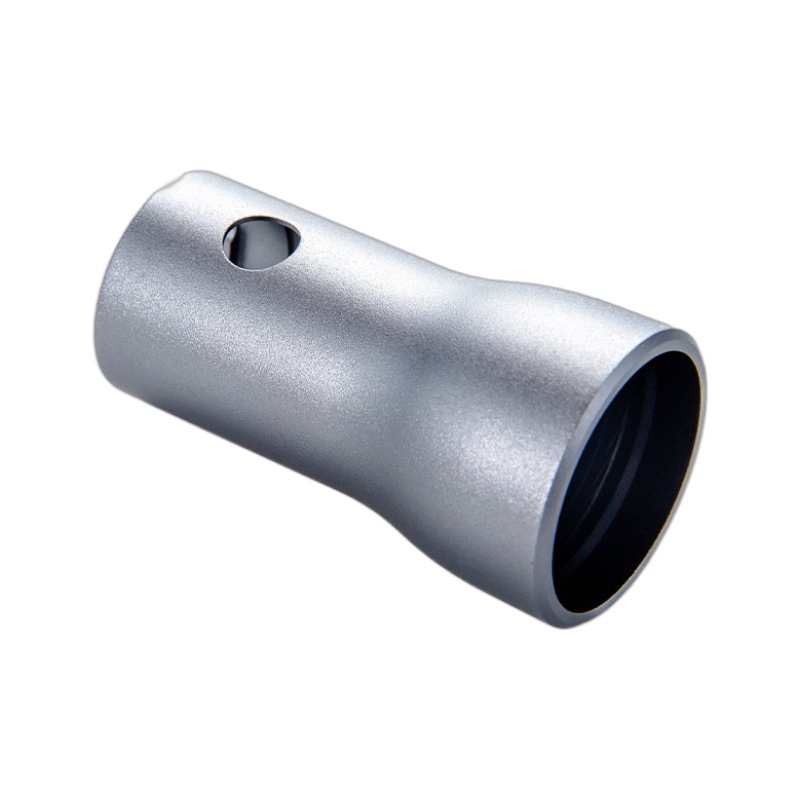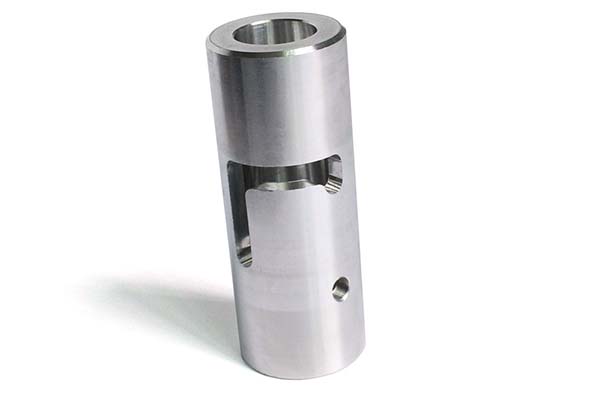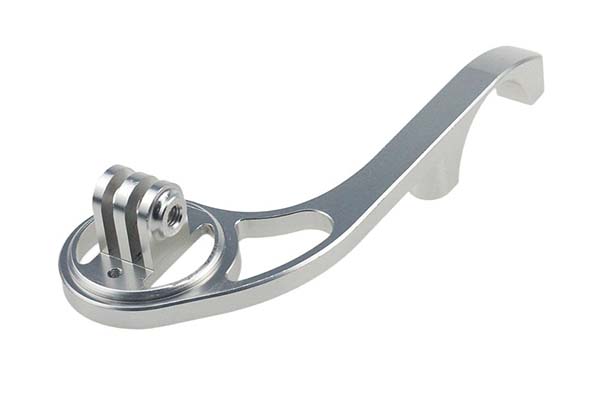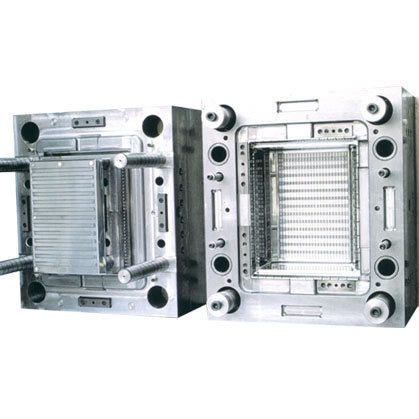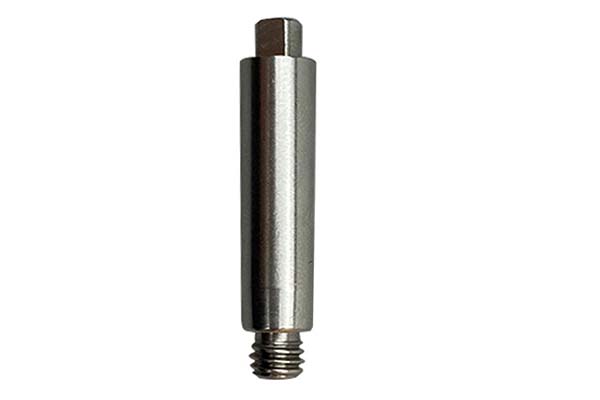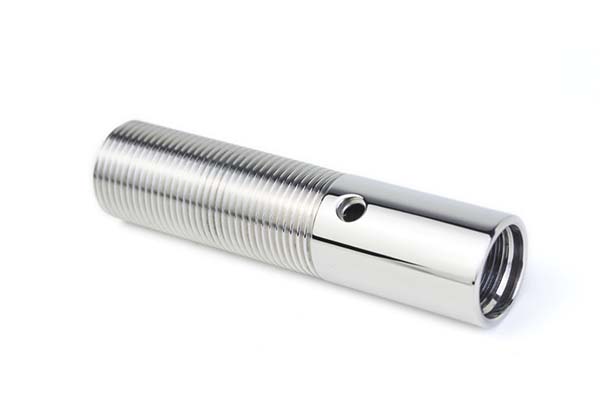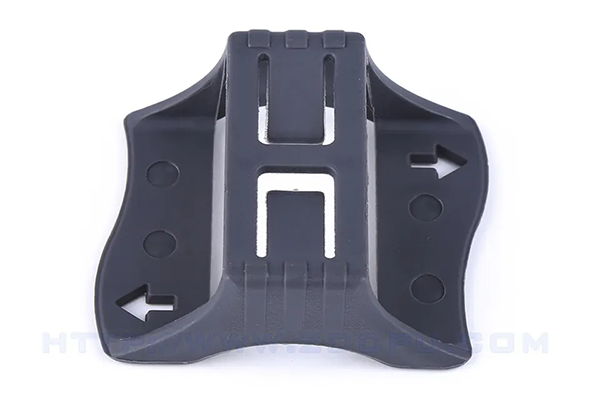Bronze, a versatile family of copper alloys, is widely used across industries, but machining it effectively requires understanding its diverse properties. Different bronze grades behave uniquely under the tool, leading to challenges like variable tool wear, chip control issues, and inconsistent surface finishes. This guide addresses these pain points, providing expert strategies to master CNC machining of bronze.
Bronze Alloy Families & Key Grades
Bronze encompasses several alloy families, each tailored to specific applications through their unique properties.
C93200 bearing bronze is a leaded tin bronze renowned for its exceptional wear resistance and lubricity, making it ideal for bushings and bearings. It has a machinability index of around 80%, simplifying production.
C95400 aluminum bronze stands out for its high tensile strength (up to 860 MPa) and corrosion resistance, suited for marine hardware and aerospace fittings. Its aluminum content enhances strength but makes it slightly harder to machine than leaded bronzes.
C86300 manganese bronze combines strength and ductility, with good corrosion resistance in marine environments. It’s often used for gears and valve bodies, where both toughness and machinability matter.
Phosphor bronze (e.g., C51000) offers excellent spring properties and electrical conductivity, making it a top choice for electrical contacts. Silicon bronze (C65500) provides high strength and weldability, used in structural applications like aerospace fittings.
Naval bronze (C46400), a tin bronze with added zinc, balances corrosion resistance and machinability, perfect for marine hardware and pump impellers.
| Alloy | Key Property | Primary Application | Machinability Index |
| C93200 | Wear resistance | Bearings | 80% |
| C95400 | High tensile strength | Aerospace fittings | 60% |
| C86300 | Ductility | Gears | 70% |
| Phosphor Bronze | Electrical conductivity | Electrical contacts | 75% |
CNC Machining Strategies for Bronze
High-Speed Turning and Heavy-Duty Milling
High-speed turning (150–300 m/min) works exceptionally well for free-machining bronzes like C93200, reducing cycle times for parts like bushings. Heavy-duty milling handles tougher alloys such as C95400, using higher cutting forces to remove material efficiently in valve bodies and pump impellers.
Trochoidal Milling and Interrupted Cuts
Trochoidal milling is effective for bronze, minimizing tool engagement and heat buildup—critical for preventing work-hardening in alloys like silicon bronze. Interrupted cuts, common in gear machining, require rigid setups to avoid chipping tools, especially with harder aluminum bronzes.
Climb Milling and Adaptive Toolpaths
Climb milling is preferred for bronze, as it produces cleaner cuts and reduces burr formation compared to conventional milling. Adaptive toolpaths adjust feed rates based on material thickness, ensuring consistent cutting in complex parts like pump impellers with varying wall thicknesses.
Chip Evacuation and Coolant Selection
Chip evacuation is vital, as bronze can produce long, stringy chips that 缠结刀具. Using through-spindle coolant or chip breakers helps clear chips. Coolant selection depends on the alloy: water-soluble coolants work for most, while minimum-quantity lubrication (MQL) suits precision finishing to avoid coolant residue on surfaces like musical instrument components.
Fixturing Rigidity
Fixturing rigidity prevents vibration, which is crucial for maintaining ±0.01 mm tolerance in aerospace fittings. Hard jaws or custom fixtures secure the workpiece, ensuring stability during high-speed machining.
Tooling & Cutting Parameters
Carbide Inserts and Coatings
Carbide inserts in the K20–K30 grade range are ideal for bronze, offering good wear resistance without excessive brittleness. TiCN/AlTiN coatings extend tool life by reducing friction, especially in high-speed applications. For mirror finishes, PCD tips (polycrystalline diamond) deliver exceptional results on soft bronzes like C93200.
Cutting Speed, Feed, and Depth of Cut
- Cutting speed: 150–300 m/min for leaded bronzes (C93200); 100–200 m/min for harder alloys (C95400). Higher speeds boost productivity in softer materials.
- Feed rate: 0.05–0.20 mm/tooth. Faster feeds work for roughing, while slower rates (0.05–0.10 mm/tooth) improve surface finish in finishing passes.
- Depth of cut: 0.2–3 mm. Shallower depths (0.2–0.5 mm) suit finishing for Ra 0.2–0.8 µm, while deeper cuts (1–3 mm) are used for roughing.
Rake Angle and Edge Prep
A positive rake angle (5–10°) reduces cutting forces, making it easier to machine bronze without excessive tool stress. Sharp edge prep ensures clean cuts, preventing burrs in critical parts like valve bodies.
Tool Wear Monitoring
Tool wear monitoring is essential, as worn tools can degrade surface finish and dimensional accuracy. Inspecting inserts for flank wear and replacing them when wear exceeds 0.3 mm maintains consistent quality.
Surface Finish & Dimensional Control
Ra 0.2–0.8 µm and Mirror Finishing
Achieving Ra 0.2–0.8 µm is achievable with proper tooling and parameters. For decorative parts like sculptures, a mirror finishing pass using PCD tools at slow feeds (0.02–0.05 mm/rev) creates a reflective surface.
Tolerance and Burr Management
Bronze holds ±0.01 mm tolerance when machined precisely, critical for gears and bearings where fit matters. Burr management involves post-machining deburring or edge rounding, ensuring safe handling in components like marine hardware.
Inspection Techniques
CMM inspection verifies dimensions, while a surface roughness tester checks Ra values, ensuring compliance with specifications. For form accuracy, measuring roundness (e.g., for bearing races) and flatness (for valve seats) ensures functionality.
Applications & Industry Segments
Industrial Components
Bushings and bearings rely on C93200’s wear resistance, while valve bodies and pump impellers use C86300 and naval bronze for corrosion resistance. Gears made from manganese bronze balance strength and machinability.
Marine and Aerospace
Marine hardware (cleats, hinges) uses naval bronze for its saltwater resistance. Aerospace fittings leverage aluminum bronze’s strength and silicon bronze’s weldability.
Art and Music
Bronze’s workability makes it ideal for sculpture and musical instruments (trombones, bells), where surface finish and acoustic properties matter.
Electrical and Other Uses
Electrical contacts use phosphor bronze for conductivity, while electrical contacts rely on its spring properties.
Yigu Technology specializes in CNC machining all bronze grades, from C93200 bearings to custom sculptures. Our expertise in tool selection, parameter optimization, and quality control ensures parts meet industry standards. Whether for industrial components or artistic pieces, we deliver precise, high-quality bronze machined parts.
FAQs
- Which bronze alloy is easiest to machine?
C93200 (bearing bronze) has the highest machinability index (~80%) due to its lead content, making it the easiest to machine.
- Can bronze be machined at high speeds?
Yes, soft bronzes like C93200 can be machined at 150–300 m/min, but harder alloys like C95400 require slower speeds (100–200 m/min) to avoid tool wear.
- How to achieve a mirror finish on bronze?
Use PCD tools with a sharp edge, slow feed rates (0.02–0.05 mm/rev), and a light depth of cut (0.05–0.1 mm) in a final finishing pass, paired with MQL to avoid surface contamination.
